Gero Onsen: One of Japan’s Three Famous Springs
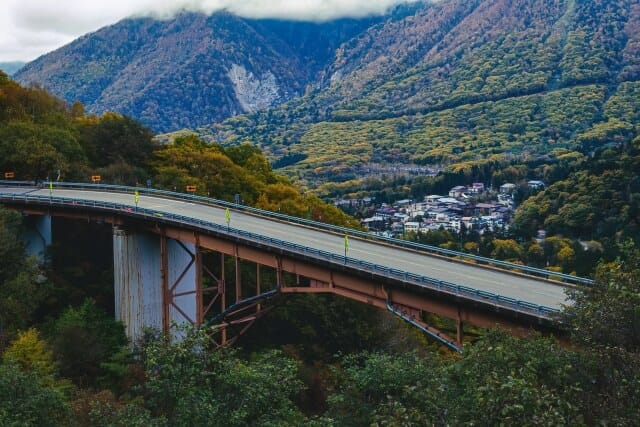
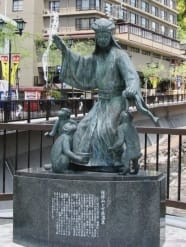
Gero Onsen, renowned for its rich history and exceptional water quality, is counted among the three famous springs of Japan. Nestled in the Hida River basin in Gifu Prefecture, this hot spring was discovered near Mount Yugamine, standing at 1,067 meters. Its origins trace back to the mid-Heian period (947–957 AD), with records extending as far back as 901–923 AD.
The spring water of Gero Onsen is an alkaline simple spring, with a pH of 9.2. This characteristic gives the water a silky touch, akin to soap, earning it the nickname “Beauty’s Hot Spring.”
It is known for its therapeutic effects on conditions like rheumatism, motor function disorders, neuralgia, nerve paralysis, post-illness recovery, and fatigue relief. Furthermore, it was recognized as one of Japan’s three famous springs by the Edo-period scholar Hayashi Razan, spreading its fame far and wide.
Visitors to Gero Onsen can immerse themselves in a blend of historical significance and nature’s bounty. Bathing in these scenic hot springs offers an unforgettable experience, enveloped by the area’s stunning natural beauty.
Historical Depth: A Renowned Hot Spring Since the Heian Period
Gero Onsen’s legacy dates back to the mid-Heian period, making it a hot spring steeped in history.
First discovered between 947 and 957 AD near Mount Yugamine, the spring’s existence is noted even earlier, with references dating back to 901-923 AD. This rich historical backdrop not only adds to the allure of Gero Onsen but also connects visitors to a centuries-old tradition of healing and relaxation.
Bathing in these ancient waters, one can almost feel the echoes of time, and the continuous flow of the spring serves as a living link to Japan’s storied past.
Spring Quality and Benefits: A Source of Beauty and Health

Gero Onsen’s waters are categorized as alkaline simple springs with a pH level of 9.2. This unique quality gives the water a silky, soap-like texture, renowned for enhancing skin beauty—thus aptly nicknamed “Beauty’s Hot Spring.” The alkaline properties not only offer a luxurious feel but also provide therapeutic benefits.
They are known to aid in treating ailments such as rheumatism, motor function disorders, neuralgia, and nerve paralysis. Additionally, these waters are beneficial for post-illness recovery and fatigue relief.
Bathing in Gero Onsen is not just a relaxing experience but also a means to nurture both beauty and health, tapping into the natural healing properties of these ancient waters.
Ryokan: Where Tradition Meets Modernity in Lodging
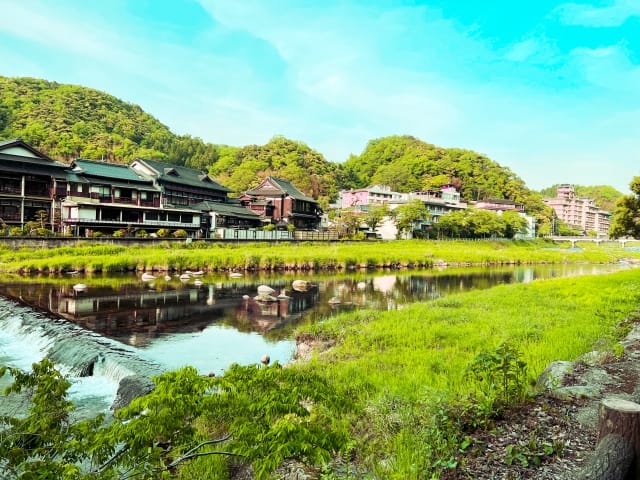
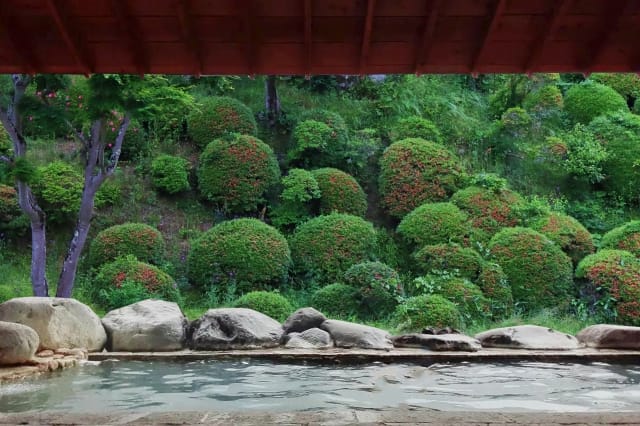
Ryokans, traditional Japanese inns, represent a unique blend of cultural heritage and modern comforts. Characterized by their Japanese-style architecture and facilities, ryokans offer an authentic experience rooted in centuries-old hospitality traditions.
From small family-run establishments to large, luxurious resorts, these inns cater to a diverse range of travelers, offering a glimpse into Japan’s rich lodging culture. Modern ryokans often integrate contemporary amenities with traditional elements, such as tatami-matted rooms, onsen baths, and meticulous omotenashi (Japanese hospitality).
Staying at a ryokan in Gero Onsen not only provides comfort but also an immersive cultural journey, bridging the past and present in a serene, rejuvenating environment.
The Spirit of Omotenashi: Distinctive Services at Ryokans
Ryokans are renowned for their exceptional level of omotenashi, the Japanese art of hospitality. This personalized service is evident in every aspect of a ryokan stay, from the warm welcome upon arrival to the meticulous care in room preparation. Guests are often greeted with tea and traditional sweets, and the ryokan staff, often dressed in kimonos, are attentive to every need. In many ryokans, meals are served in the privacy of guest rooms, showcasing exquisite Japanese cuisine. The ryokan experience embodies a profound respect for guests, reflecting the deep-rooted ethos of Japanese hospitality that prioritizes comfort, serenity, and a memorable stay.
Culinary Delights: The Ryokan Experience with Two Meals Included
The ryokan experience is often enhanced by its culinary offerings, typically including a two-meal package with both dinner and breakfast.
These meals are not just about sustenance but are a celebration of local and seasonal ingredients, prepared with meticulous care. Dinner, often a multi-course kaiseki meal, showcases an array of flavors and cooking techniques, turning each dish into a work of art.
Breakfast, equally elaborate, provides a wholesome start to the day. This culinary journey is integral to the ryokan experience, offering guests a taste of traditional Japanese cuisine in an authentic setting.
Top 3 Ryokans in Gero Onsen
1. Suimeikan
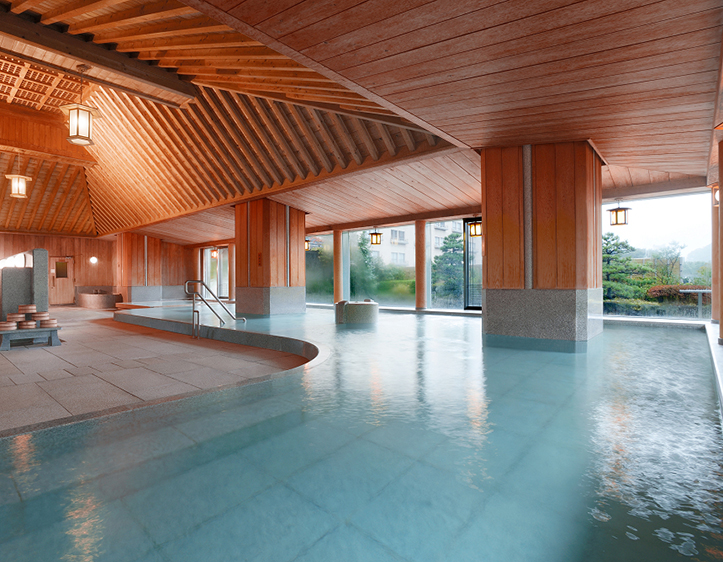
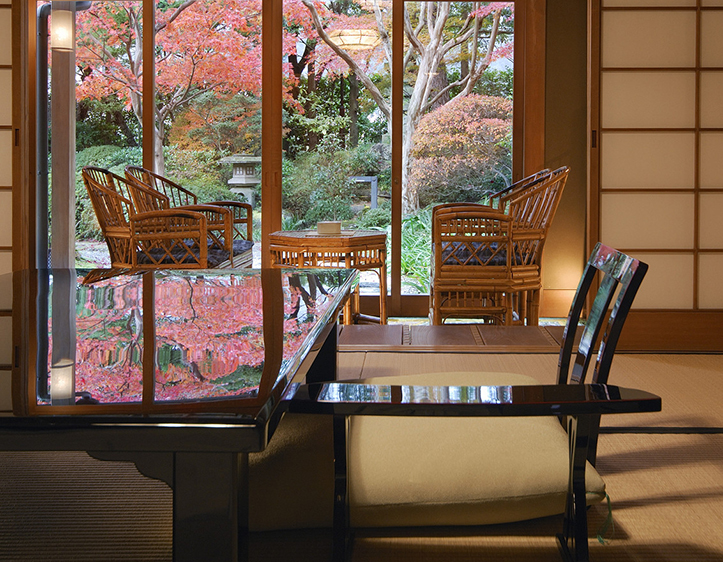
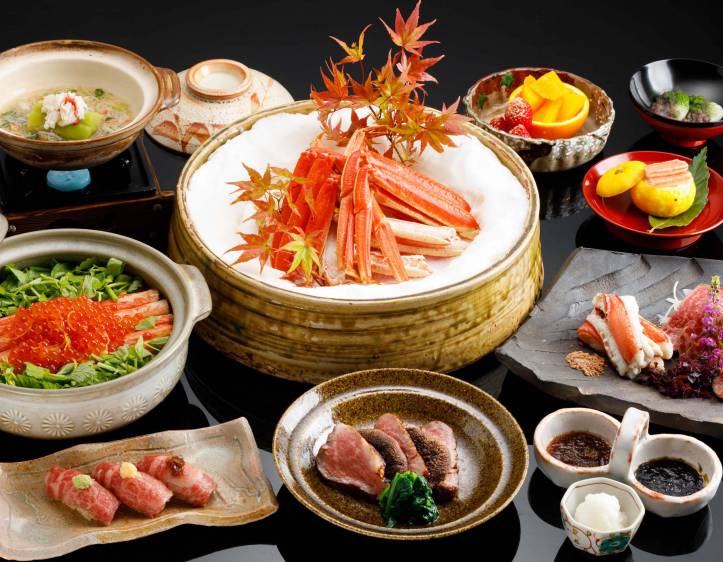
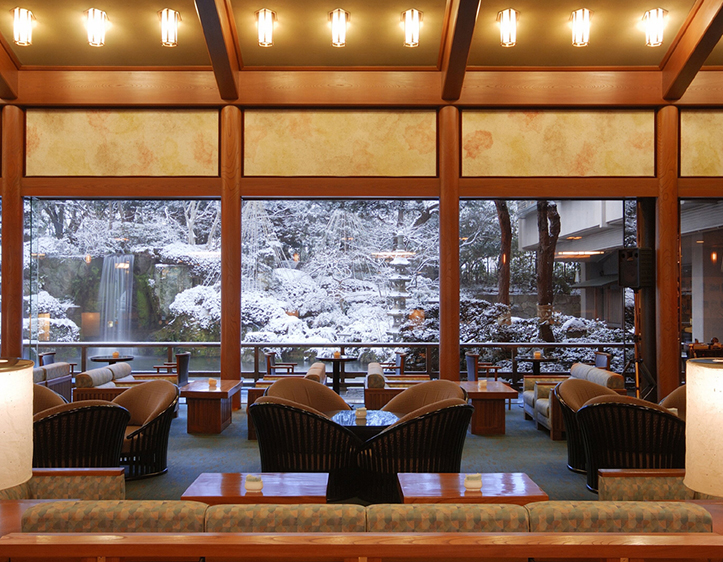
Suimeikan, a symbol of hospitality in Gero Onsen, is a traditional ryokan renowned for its top-ranking services. It stands on a sprawling 10,000 square meter property and boasts three distinct large public baths, a Noh stage, a tea room, a pool, and a gym.
The ryokan is also a living gallery, adorned with various artworks, including pieces by the famous Japanese artist Yokoyama Taikan. Every evening, guests can enjoy a guided tour of these artistic treasures, led by the ryokan’s manager.
2. Ogawaya
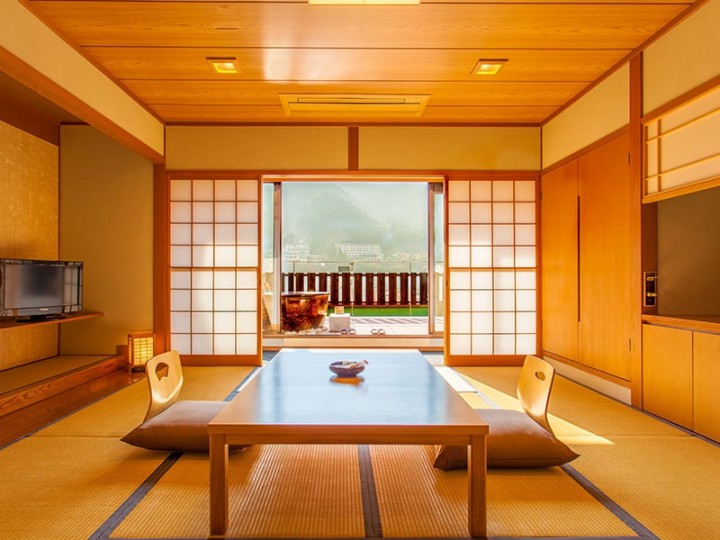
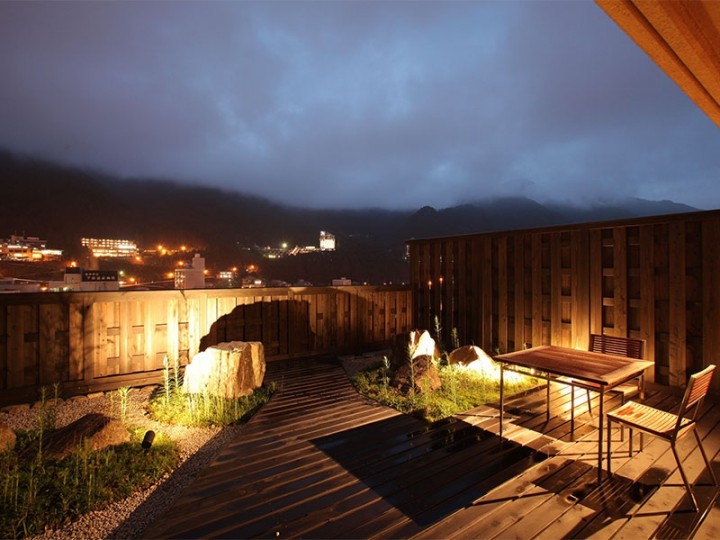
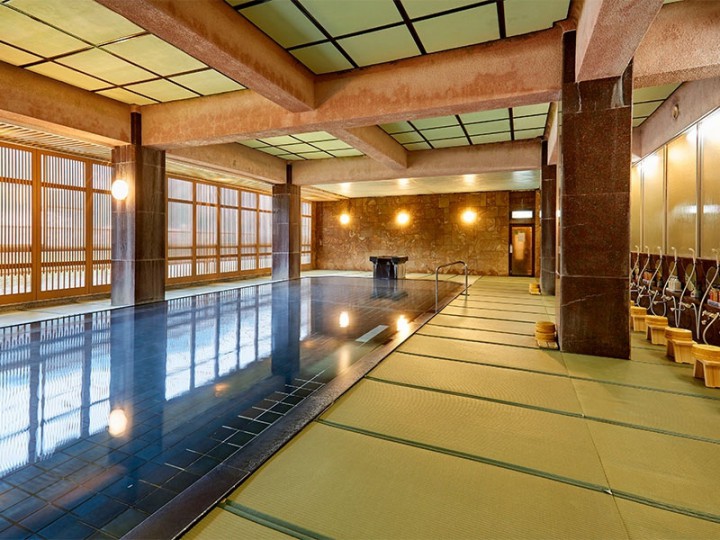
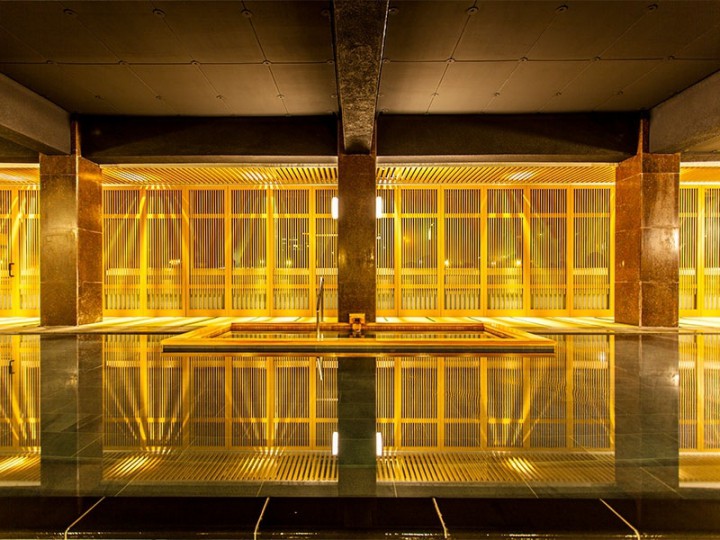
Ogawaya, with a history spanning about 70 years, is famous for its unique “Tatami Bath,” which offers a safe and comfortable bathing experience for all ages, from children to the elderly.
This feature reflects the ryokan’s commitment to hospitality. In recent years, Ogawaya has expanded its offerings with the addition of new hot spring spas “Sen” and “Yakushi no Yu,” allowing guests to enjoy a variety of bathing experiences.
The ryokan has diversified its accommodation options, blending traditional Japanese aesthetics with modern Scandinavian design in rooms like “TONERICO,” “Daidai,” and “Sarai.” These rooms, along with others, offer private semi-open-air baths with Gero Onsen’s natural hot spring water.
3. Yamagataya
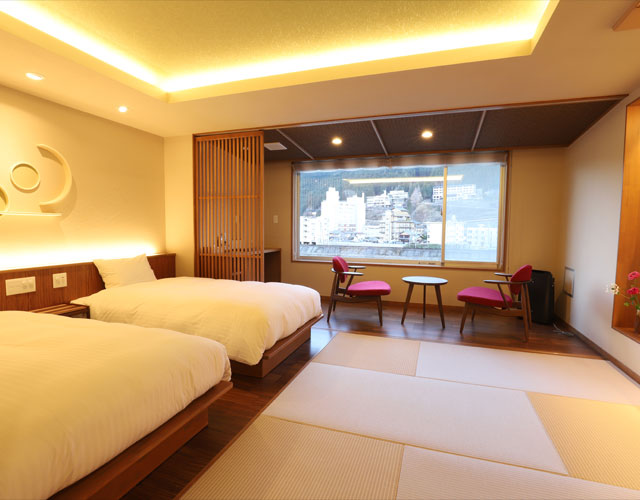
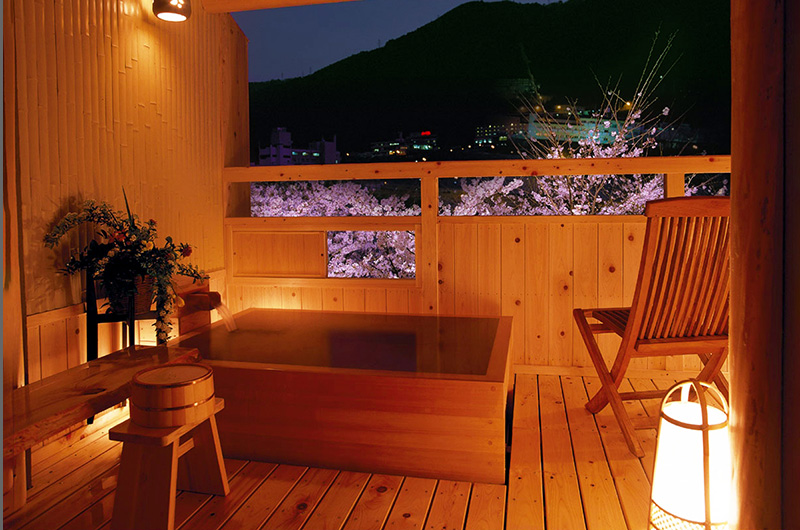
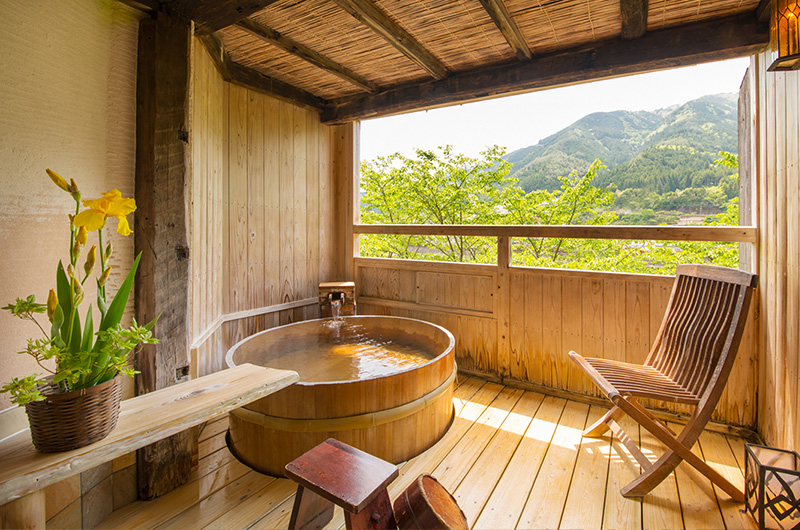
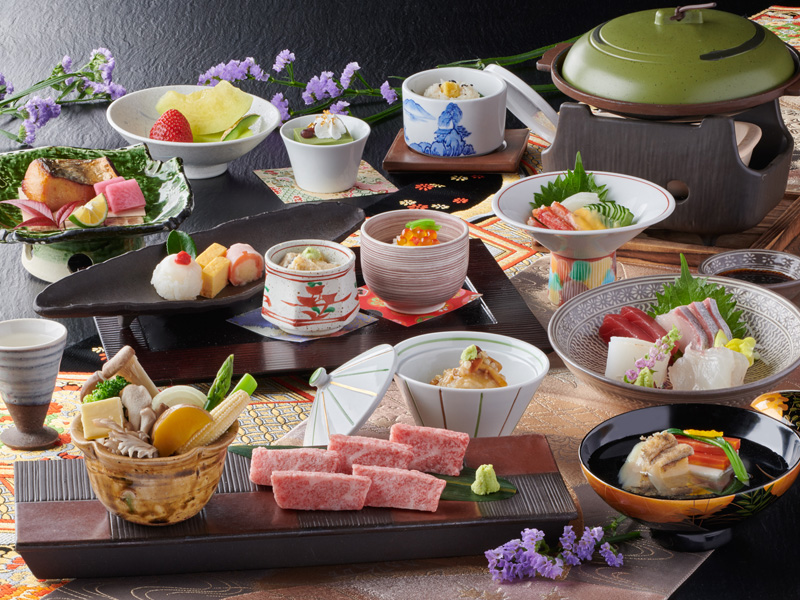
Founded in the first year of the Edo period, Yamagataya is a historic ryokan that has maintained its ethos of providing a relaxing and rejuvenating experience for its guests. Despite its traditional exterior, the ryokan has undergone renovations to ensure modern comfort and cleanliness.
The lobby and dining areas are adorned with beautiful pottery and feature interiors crafted by Hida artisans, offering a luxurious space to relax. The ryokan’s ideal location allows guests to easily explore nearby tourist attractions and enjoy scenic views of Hida mountains and Hida River.
Their outdoor baths provide a luxurious experience, allowing guests to enjoy the beautiful sounds of the Hida River and changing views of the surrounding landscape. They also offer private outdoor baths, perfect for families or couples seeking a more intimate experience.
Strolling Through the Hot Spring Town: Enjoying Gero in Yukata
Exploring Gero Onsen’s streets in a yukata (casual summer kimono) is a quintessential experience, capturing the essence of Japan’s hot spring culture.
This relaxed attire, provided by ryokans, allows visitors to comfortably wander through the charming town, visiting shops, cafes, and public baths.
The sight of visitors and locals alike in yukatas adds to the atmospheric charm of Gero, creating a sense of community and tradition. This leisurely exploration not only offers a glimpse into the daily life of a hot spring town but also enhances the overall experience of Gero’s warm and inviting ambiance.

